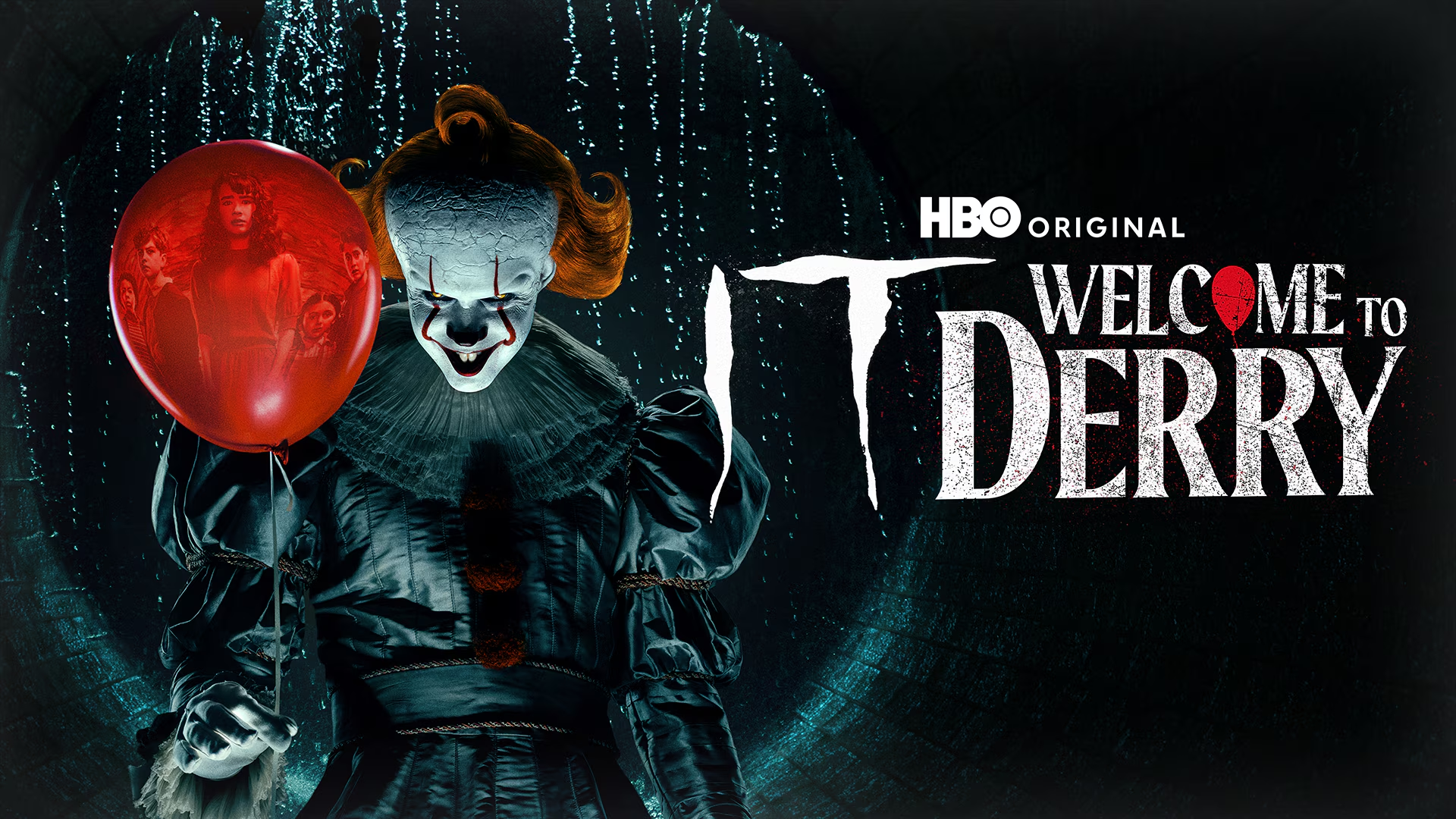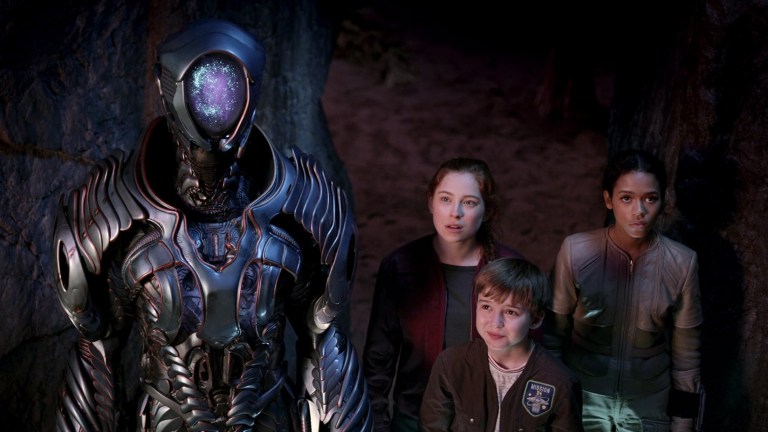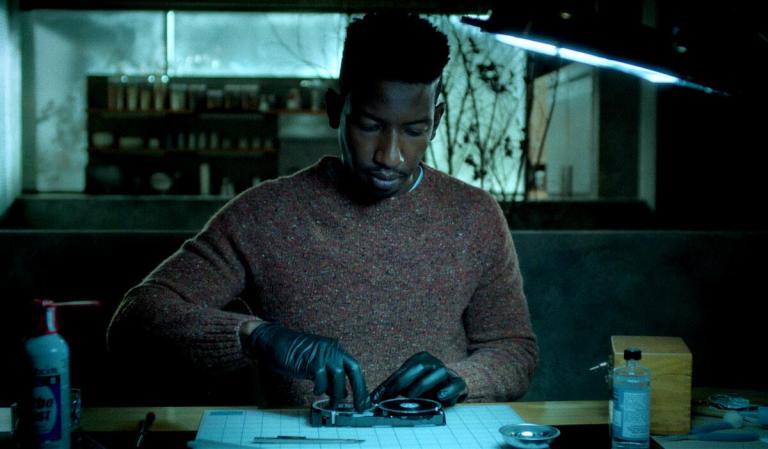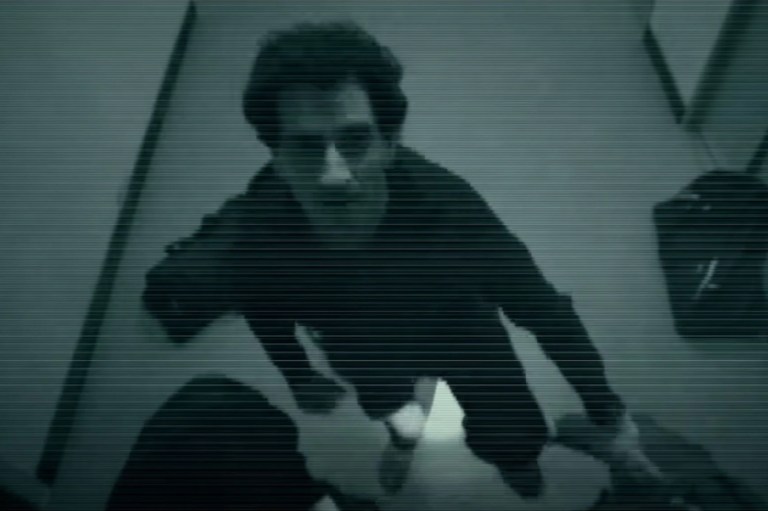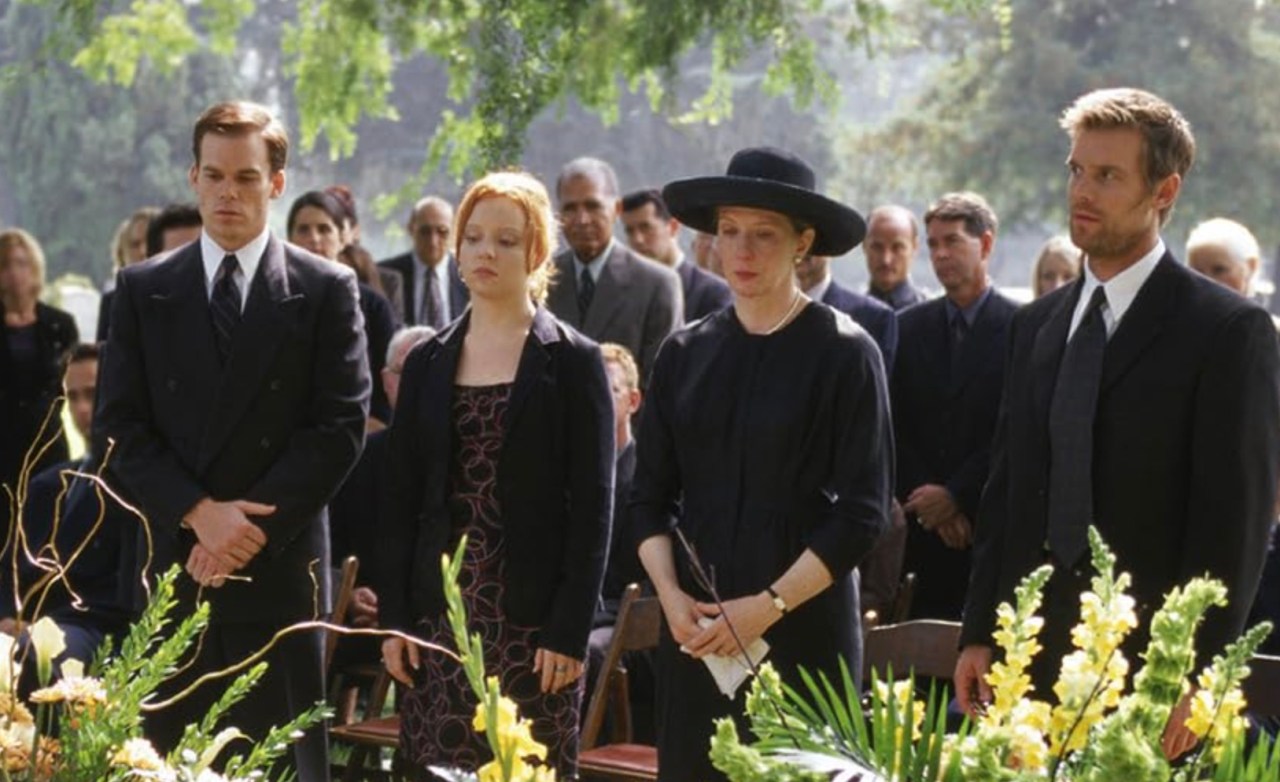
Grief Isn’t A Mild Inconvenience Now That Streaming Shows Are Making Space For Loss
Gone are the days when a single tear, a funeral montage, or a three-episode arc stood in for the full body experience of grief.
Today’s best streaming series understand something that real life has always known. Grief is not a plot point. It’s an all-encompassing atmosphere found in undone dishes, unexplained anger, and detours that become destinations. Where traditional media once demanded closure, long-form storytelling now invites us to live inside this pain.
Streaming television has cracked open an emotional space that used to be too messy for primetime. Where network television often skipped over mourning with a time jump or a journal entry, newer serialized shows let sorrow seep in slowly, sprawling into corners and relationships and identities. It’s not always beautiful. It’s rarely inspiring. But it is honest. These shows aren’t interested in a cathartic crescendo. Instead, they’re studying what happens when loss never really leaves.
From Tragedy to Texture
There was a time when grief in television existed mainly to set other things in motion. A death happened. Cue the plot. It was the inciting incident, the dramatic device to make a protagonist act, change, or get revenge. The emotional aftermath, if it existed at all, was contained to single-season arcs, like Elena Gilbert grieving the loss of her parents in The Vampire Diaries. By Season 2, it was watered down to nothing more than an afterthought.
But streaming’s new narrative rhythm allows for something richer. No longer confined to 42-minute formats or seasons dictated by ratings, shows can now stretch time and dwell on difficult things. Grief becomes something you live with, not something you power through. It’s embedded, not bookmarked. Think of it as emotional background noise that quietly exists beneath every decision a character makes, coloring their responses long after the initial loss.
The Bear – The Chaos of Survival Mode

The Bear is the perfect example of the chaos of survival mode. Instead of telling the audience when to feel bad for Carmen “Carmy” Berzatto, it lets you live inside the frantic, feverish disarray that follows a sibling’s suicide. The show is ostensibly about food, but really, it’s about what happens when you’re too busy surviving to grieve properly. Carmen’s grief is not performative. It emerges in his control issues, his inability to rest, and the way he micromanages both pasta sauce and pain.
The Bear understands that mourning doesn’t always look like weeping into a pillow or constantly visiting a graveyard. Sometimes, it looks like yelling in a cramped kitchen and trying to control the uncontrollable. The show lets grief ferment into resentment, silence, and tension, thereby making it ambient. You feel it in the clatter of pans and the late-night cigarette breaks. There are no eulogies, just nervous breakdowns over beef.
Six Feet Under – Grief as Daily Life
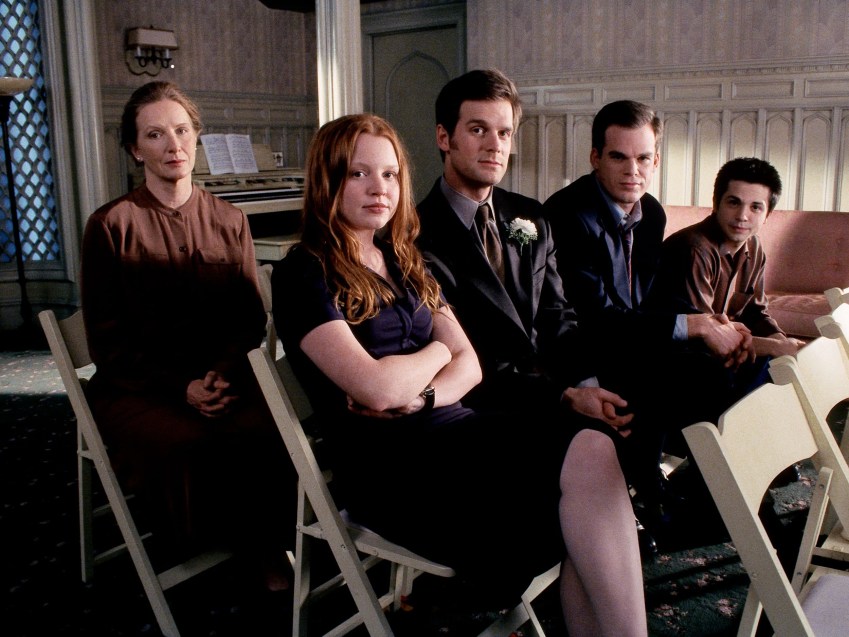
Before streaming normalized nonlinear grief, Six Feet Under made that its mission. The series began airing on HBO in 2001, but its influence is all over today’s storytelling. Every episode opened with a death as a condition of existence. The first one was that of the Fisher family patriarch, Nathaniel. The owner of Fisher & Sons Funeral Home died after being hit by a bus while driving his new hearse. His demise throws his family into emotional chaos as they do their best to deal with the grief.
After that, the Fisher family’s funeral home became a metaphor for emotional containment. Grief lived inside every conversation, every flashback, and every dream sequence. Characters didn’t heal so much as transform into versions of themselves that could carry the pain of losing a close family member. It was messy, circular, and deeply human. Six Feet Under taught us that mourning isn’t linear and closure is a myth because love doesn’t outlive grief – it coexists with it.
Dead to Me – Weaponized Grief

If The Bear is about what happens when you can’t face your grief, Dead to Me is about what happens when you weaponize it. The Netflix dark comedy centers on Jen and Judy, who are unwittingly bound by death, lies, and co-dependence. Their grief is complicated by guilt, manipulation, and secret rage. And that’s what makes it so compelling. Jen and Judy don’t grieve quietly or gracefully. They scream, self destruct, drink too much, and forgive each other for things most people wouldn’t.
These women aren’t looking for closure in this story. Instead, they are clinging to connection, even if it’s toxic. Their friendship becomes a vessel for their grief, and through it, the show unpacks how mourning can both bond and brutalize. What Dead to Me captures so well is how grief doesn’t follow a clean narrative arc. The show leans into the ugly crying, bad decisions, and moments of explosive honesty that feel both cathartic and cruel. There’s also a particular kind of feminine rage that pulses beneath the surface – quieted for so long that it erupts in unexpected ways.
Streaming as an Emotional Medium
There’s a reason this kind of storytelling works better on streaming. Without commercial breaks or network censors, these series can lean into fragmentation and emotional ambiguity. Grief, after all, doesn’t follow a beat sheet. It’s a feeling that can ambush you in the middle of a normal day and leave you in tears in the cereal aisle of the grocery store.
Streaming has made room for that truth. It understands that there isn’t a magic healing formula, that sadness doesn’t always need a solution, and that mourning can last longer than expected. These shows give us permission to see ourselves not as protagonists in a redemptive arc but as people learning how to carry their losses without collapsing under them. Grief has never been simple, and now it’s finally being shown as such.
